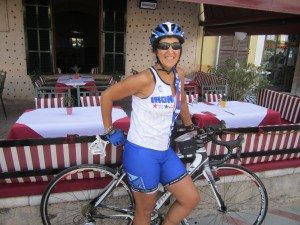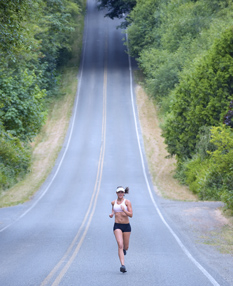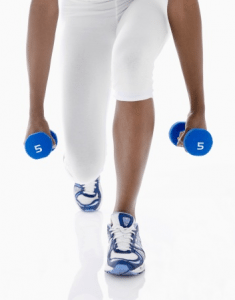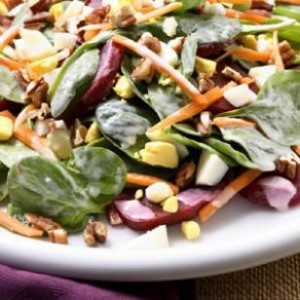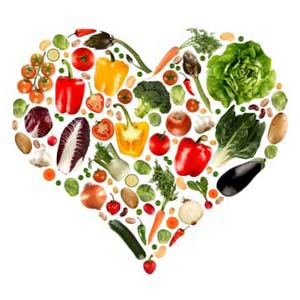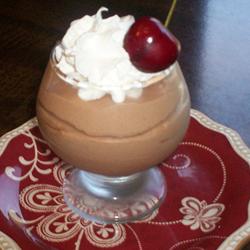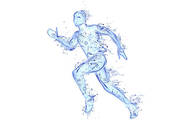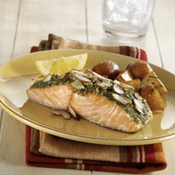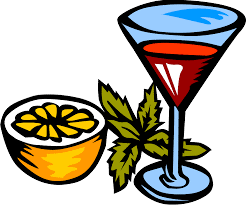ILANA KATZ MS, RD, CSSD
MARCH IS NATIONAL NUTRITION MONTH
So there is no better time to focus on healthy food and lifestyle choices. What you choose to eat today, and everyday, and the exercise you engage in, will affect yourfuture well-being. First and foremost, a great start would be eating a variety of foods and Colours!
Yes, eat a Rainbow a day since each colour in your food represents a different phytonutrient (micronutrients coming from plants, vitamins and minerals), and that does not mean M&Ms or skittles.
Did you know that you can make your day more nutritious by simply increasing your vegetable intake?
VEGETABLES:
can increase the amount of vitamins, minerals, and antioxidants your body receives. It may seem challenging to add extra veggies, but it doesn’t have to be! Here are some tips!
♥ Plan some meals around a vegetable main dish, such as a vegetable stir- fry or soup. Then add other foods to complement it.
♥ Try a main dish salad for lunch. Go light on the salad dressing.
♥ Include a green salad with your dinner every night.
♥ Shred carrots or zucchini into meatloaf, and casseroles.
♥ Include chopped vegetables in pasta sauce or lasagna.
♥ Order a veggie pizza with mushrooms, green peppers, and onions, and ask for extra veggies.
♥ Use pureed, cooked vegetables such as potatoes to thicken stews, soups and gravies. Grill vegetable kabobs as part of a barbecue meal. Try tomatoes, mushrooms, green peppers, and onions.
FITNESS CORNER
Take your routine outside!
The weather is warming up, so take it to the streets or nature trail or park! There are endless exercises you can do outdoors. Here are a few ideas to get you started:
Sprinting intervals. Vary intervals with different intensities. Examples: Sprint 20 seconds, walk 20 seconds, repeat 5 times. Jog 40 seconds, sprint 10 seconds, walk 10 seconds.
Uphill: Make good use of any hills to sprint up, use your arms to help. Walk back down.
Squats and lunges: Feel it in thighs, calves and butt. Squats can be done 1 or 2 footed; feet together or split stance; controlled and slow or fast and powerful; one continuous movement/held at the bottom. Lunges go forwards/backwards; walk and lunge or on the spot; wide/narrow.
Push ups: Push up against anything. The floor, a bar, a bench, with your feet on a raised platform (e.g. bottom of a slide), or an even higher platform to give you a vertical push up. Try all different angles to work different areas of your upper body. 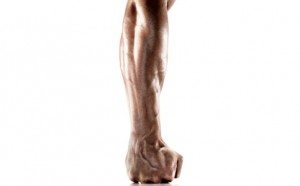
Which Salad Should You Have? Take a Look!
Restaurant Cals Fat (g) Sat fat (g) Sodium (mg)
Applebee’s
Fried Chicken salad, 1060 75 21 2130
w/dressing
Fried Chicken salad, 640 40 16 1220
w/o dressing
O’Charley’s
Fried Chicken Salad 900 42 12 3100
Pecan Chicken Salad 1020 60 11 2020
Panera Bread:
Chopped Cobb Salad 500 36 9 1120
Wendy’s
Apple Pecan Chicken 580 37 9 1590
Let’s Talk Breakfast!
If you and your kids regularly skip breakfast due to lack of time or wanting more sleep, remember that eating a wholesome, nutritious morning meal will save you time in the long run!
♥ By recharging your brain and your body, you’ll be more efficient in everything you do.
♥ Kids who skip breakfast are more tardy and absent from school more often than children who eat breakfast on a regular basis…
♥ Skipping breakfast strongly linked to the development of obesity. Studies show overweight and obese children, adolescents, and adults are less likely have breakfast each morning than their thinner counterparts.
♥ Missing meals, especially breakfast, can make weight control difficult.
Breakfast skippers eat more food at the next meal or munch on high calorie snacks to reduce hunger.


